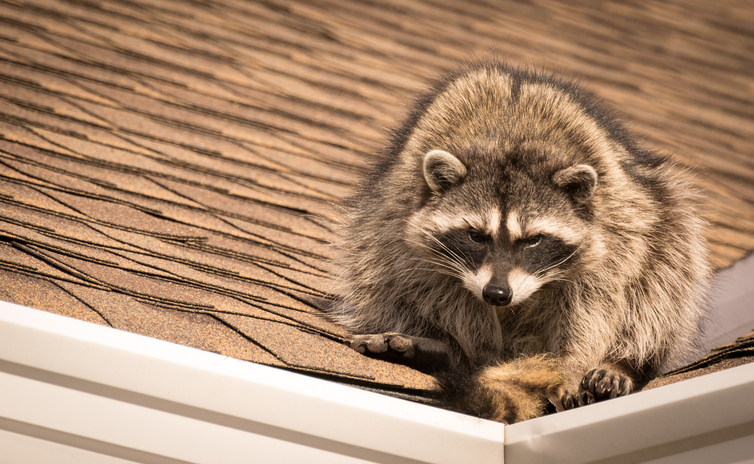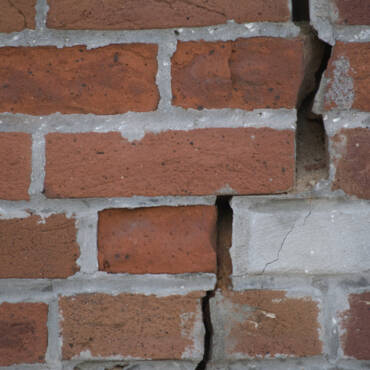You hear a scritch, a scratch, a pitter-patter and maybe even a screech. When these sounds seem to be coming from places inside your home, you’ll want to investigate to see if there are critters in your attic, behind your walls, and even in your HVAC system. In the spring, mice, voles and other little creatures will look for a soft place to nest and raise young. In the fall, critters will look for warmth as it gets colder. From the insulation in your attic to the air filter in your lawnmower and anywhere in between is fair game for wildlife – and the devastation caused by these unwanted guests can be extensive and expensive.
At Maertin Heating and Cooling, we’ve seen critters bite through wiring, chew through metal ductwork, take up residence in your attic and walls and cause a lot of damage before you have any clue they’re even there. We can help you understand how they get in, the havoc they can wreak, how to detect them and how to get them OUT of your house.
How they get in
Damaged covers on your rooftop vents can attract birds, squirrels and even raccoons, who can get in and make a cozy home in your attic. Birds can also enter your home through a rooftop vent, find their way down, and enter your home through your inactive furnace.
A mouse can get through a hole as small as a centimeter. That’s about the diameter of a pencil. Typical openings for rodents can include gaps in your garage door or window wells. When you have concrete steps or porches around your home, over time the structures shift, leaving gaps between the steps and your house. Mortar cracks in your brick work can leave a small gap. Sometimes a mouse or vole can get underneath your house by simply digging under your mulch. Larger animals like skunks and possum love to make their home under decks and porches.
When an animal has gained entry, there is a chance that they will die inside your home. Not only will you have a tremendous odor permeating your house, especially if the smell travels through your ductwork, but the decomposing carcass will attract all sorts of insects which will cause further damage.
Signs they are trying to move in
Wildlife doesn’t hide attempts at entry, so close inspection will identify where they’re working to get in. Look for disturbed mulch or the soil around your home. Watch for chewed roof shingles on the ground and for gutter and facia damage. Inspect the covers on your roof vents and keep your gutters clear. During your HVAC maintenance visits, your Maertin Heating and Cooling professional will always look for signs of animal damage or attempts at entry and advise you on the best way to mitigate this risk.
Keeping the pests away
Making entry difficult by plugging, covering, caulking, filling and repairing any small holes, connections, or torn or chewed surfaces can deter critters from making your home their home.
It’s helpful to move all your bird feeders at least 20 feet away from the house. Mice, squirrels and other rodents also feast on birdseed, and having bird feeders close to the house makes your home more attractive to these intruders.
Place mothballs under your deck and porch to deter critters. Cayenne pepper or diatomaceous earth liberally sprinkled in your mulch and soil close to the house can help, without damaging plants.
Clear your garage, eliminating boxes of paper or other nesting materials. Store potential nests like boots and shoes in plastic containers. Do not store any food, human or pet including birdseed, in your garage.
If you’re concerned about animals in your HVAC system, call Maertin Heating and Cooling at 708-479-9350 or click here to schedule a service call. We are always happy to help keep your home safe and healthy!




